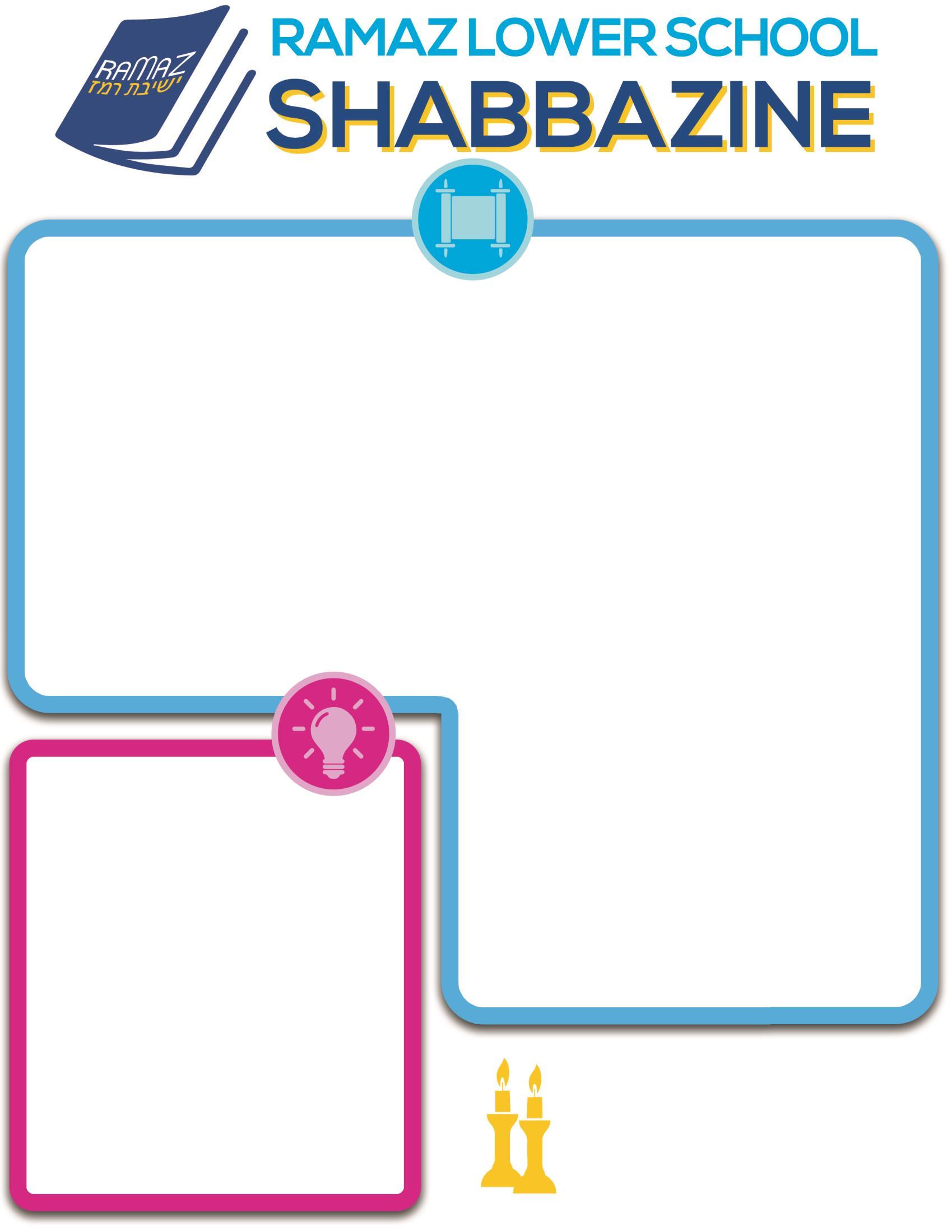March 29, 2024 · ד״פשת 'כ רדא 'ב Parashat Tzav/Parah · תשרפ הרפ\וצ
A PEEK AT THE PARSHA
Parshat Tzav continues to discuss the Kohanim’s service in the Mishkan. Every night, Korbanot were burned on the Mizbay’ach (Altar), and in the morning, the ash from the Korbanot was removed. This was one of the most desirable services of the Kohanim and it was called the Terumat Hadeshen
Our parsha also discusses the Korban Torah: a thanksgiving (not to be confused with the holiday of Thanksgiving) sacrifice that someone would offer when they survived a dangerous event (e.g. passing through a desert or an ocean, recovering from a surgery, etc.).
ONE BIG IDEA
The Korban Todah (thanksgiving sacrifice) was brought by someone who survived a dangerous event. It included 40 loaves of bread. After the Kohanim took their small portion, the owner of the sacrifice had to eat it all up by midnight of that same day. The only way the owner could finish everything was if he invited his friends and family to partake. Maybe the message is that since Hashem made a miracle to help the person survive the dangerous event, we should include others so more people will know about God’s miracle.

The parsha concludes with Moshe preparing Aharon and his sons to serve in the Mishkan. During the seven days leading up to Rosh Chodesh Nissan, Moshe served as the Kohen Gadol and did all the services in the Mishkan. These seven days were called the “Shiv’at Yemei Hamilu’im.” The seven days came to an end and Bnei Yisrael get very excited for the celebrations that will take place on the eighth day: the “Opening Day” of the Mishkan. Sadly, there was a huge tragedy that day, but you’ll have to wait until next week’s parsha to find out what it was.
This Shabbat, we also read Parshat Parah, which discusses the Parah Adumah (Red Heifer). The Parah Aduma was a young female red cow that was had no blemishes and that never did any type of work (like pulling a cart or a hoe). Even two non-red hairs would make the cow unfit to be the Parah Adumah. The cow was slaughtered and then burned and its ashes were used to purify those that became tameh (impure).
This is the third of the four special Parshiot that we read in preparation for Pesach. We read this as a reminder to begin preparing to purify ourselves for Pesach. In the time of the Beit Hamikdash, one could only eat the Korban Pesach (Passover Sacrifice) and Matzah if they were pure.
TIMES - םינמז Candle-lighting: 7:00pm Havdalah: 7:56pm allah: 5:25pm
PARSHA STATS DID YOU KNOW…?
Mitzvot ..............................18 (9 Do’s, 9 Don’ts)
Lines in the Torah ..............170
Pesukim .............................97
Words ................................1353
Letters................................5096
Year(s)................................2449
(Source: OU Torah Tidbits)

CHECKLIST
To be filled out after shabbat and brought in Monday.
Called someone to wish them a “Shabbat Shalom”
Went to shul
Participated in Hadlakat Nerot/Kiddush/ Hamotzi/Birkat Hamazon
Sang zemirot/songs
Wore Shabbat clothing
Helped prepare our home for Shabbat
Full Name:
Class:
Parent Signature: _________________________
There are some rabbis who thought that the Parah Adumah was yellowish brown, but most thought they were red. Did you know that cows can be many colors: red or yellow, black or white, brown, gray, and even blue? To getabluecow(whichisn’treally blue, but the combination of black and white hairs makes it look blue) you would need to breed 2 different kinds of cows together (Shorthorn and Black Angus).
QUESTIONS
1. What number day after the Mishkan was completed was considered “Opening Day?”
2. What kohen service was considered very desirable?
3. True or False: In this parsha, there are more “Do’s” than “Don’ts.”
4. Should the Korban Todah be eaten alone or in a group?
5. Thought question: If there were airplanes in the time of the Beit Hamikdash, would someone who flew from New York to Israel have to do the Korban Todah?
__________________________________


